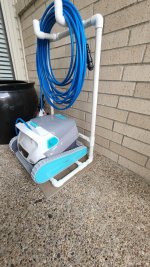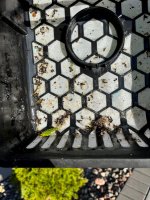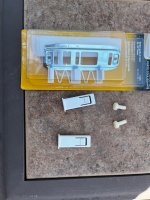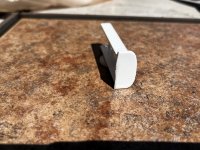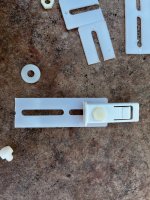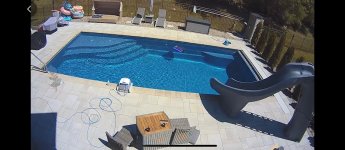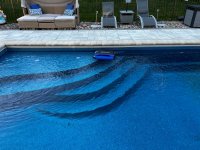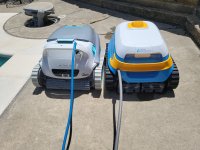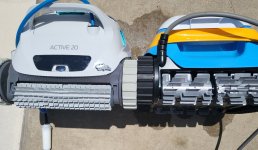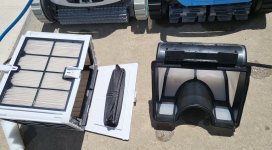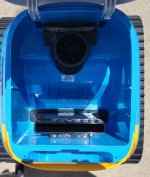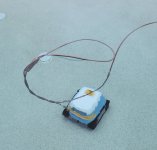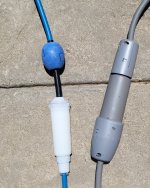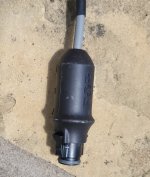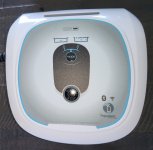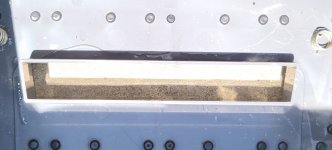Hi all,

I've been meaning to write up my 'pearls of wisdom re. DE filters' for a while, with some of our members already firing up their pools, I figured I better get it posted

--------------------------------------------------------------------------------------------------------------------------------------------
Use and Care For most DE Filters:
(The units I have a lot of experience with are made by Hayward - so most of this applies specifically to them, but the principles apply to all DE filters)
1)
Basics
A DE filter is one which uses diatomaceous earth (~ skeletons or fossils of prehistoric one celled plants) to remove all but the finest material from the water. The DE is a white powder which is mined in various places around the world which was formed by the evaporation of the water that these critters lived in. {NOTE: Do not use food-grade DE as it is different than the DE used for pool filtration} The DE is kept in the water flow of the filter because it coats the internal grids or fingers which make up the filters internal "nets" allowing dirt and debris to be captured by the microscopic paths created by the coating. Because of the nature of the "paths" through the DE coating, algae (which is the approximate size of the paths) can easily and quickly congest a DE filter, most DE filter owners find this to be the biggest drawback of owning one. The DE must be added to the filter via the skimmer, with the pump running, the amount to add is dependent upon the size of the filter. When adding DE to a filter, most manufacturers recommend mixing the powder with water before pouring it into the skimmer - I have found that adding the powder directly into the skimmer is equally effective, if you have more than 1 suction source operating at the time of addition. (having a second, or third, suction source allows the DE rich water from the skimmer to properly mix with "non-DE water" from the other source(s) to evenly coat the grids).
However, DE filters, while providing the finest filtration, DO have their downsides! If you do a "backwash" (discussed later) or do a thorough cleaning of the filter, you need to add more DE to it - and, if you add too much or too little, you'll likely have filter problems! Too much DE will clog the filter and decrease the efficiency of it. Similarly, too little DE will not catch enough (dirt, etc) and cause the grids to clog up with the debris, both of which require a manual cleaning of the grids and possibly a chemical cleaning of them. Also, "bleeding" the air out of the unit before adding DE is KEY! - the fresh DE can only coat the parts of the grids that are in water!
Knowing how much DE you are actually adding to the unit is VERY important! The best way is with a premeasured scoop - they are inexpensive and well worth the $ spent, any place that sells DE should have one available. DO NOT USE a 1lb. scoop or canister that is not specifically for DE (ie. A 1 lb. coffee can only holds ~ ½ lb. DE) If you have an accurate scale that will allow you to weigh the container first and then the weight of the DE when it's full, that's fine -- just be SURE to know ~ how much DE you add when you are adding it! {NOTE: It is a very good idea to weigh the DE in your scoop as it can vary tremendously based on how "packed" the powder is in the scoop. Doing this at least the first time will give you a better feel for how much DE the scoop holds using your methods}
2)
Types
There are 2 different types of DE filters:
The first uses "fingers" (fabric wrapped hollow tubes, usually 100/filter) to collect a layer of the DE on. This style is also known as a "bump" filter because the DE can be "recharged" via the use of a handle which moves the whole assembly up and down to expose new pathways in the DE coating without having to replace any DE (I'll talk about "bumping" a filter in a minute.) (There are some "grid" filters which have a handle on the top connected to a plastic plate which operate the same way)
The newer models have a series of grids to collect the DE and either have a multiport valve or a "push/pull" valve (of which I will speak very little). These units allow you to "backwash" most of the DE out when the filter needs to be cleaned. (* some localities do not allow wasted DE to be flushed into sewers or even onto your own property - in that case a "separator" would need to be installed on the backwash line).
3)
Start-Up
The fabric which holds the DE does very little to filter the water! As such, a DE filter needs to have a coating of DE on the grids/fingers as soon as the pool is started up. Your installer or pool tech should do this for you the first time and give you a complete lesson on operating your pool (called "pool school" - it's a lot of info all at once and it is very understandable that some of the info is forgotten by a pool owner). The amount of DE required by each filter is determined by the size of the filter - there should be a label on the filter identifying the size of the unit and how much DE it requires when completely clean. As said, KNOWING how much DE you are adding is key! Make sure to note what the pressure gauge reads when the unit is clean and freshly coated with the DE!!
4)
Maintenance
Your filter should run anywhere from 8 psi to 20 psi with fresh DE put in it, depending on your pump, plumbing and filter system. Some setups, like with in-floor cleaners, may run at even higher pressures. When the pressure rises 20-25% of the clean pressure, it's time to clean the used DE out of it. (when doing any filter work, turn off the pump)
Bump filters:
1) Turn the pump off.
2) Open the air valve on the top of the unit for ~5 sec. and close (bumping with the unit full of water will harm the unit!)
3) Slowly push the handle down and quickly raise it up 4 - 6 times.
4) Now turn the pump back on and see if the psi went down, if it didn't drop more than 2 psi, you need to dump the used DE.
5) (if you need to dump the DE) - Open the drain outlet on the filter after doing steps 1 and 2 and run the pump for 20 seconds. Close the outlet and run the pump for a minute (don't do this if you have an algae problem! The uncoated parts of the fingers will collect algae too quickly and clog), then repeat the procedure (make sure you open the air relief while the pump is running until water comes out of it)
6) At this point, you have removed ~80% of the old/ used DE so only add 80% of the DE you would use in a new or fully clean filter!!
Grid filters:
1) Pretty much the same as bump, except you have a valve (either the on/off plunger or a multiport) which allows you to backwash the filter when the pressure rises 20-25%.
2)
{Always!! Turn off the pump when changing the backwash valve positions!!} Turn the multiport to "backwash" and restart the pump, watch the view-glass or the end of the discharge hose to see when the backwashed water becomes ~clear. When it is fairly clear, turn the multi to "rinse" for 15 - 20 seconds, and then back to "backwash" until the water runs ~clear again. Repeat the "rinse/backwash" cycle until the water comes out clear when backwashing, add a short "rinse" and the filter is about as clean as you'll get it using the "backwash" function.
3) If the water in the pool is fairly clear, I'll throw in a 1 min filter cycle and do the "backwash/rinse" cycle(s) again.
4) At this point, you have removed ~ 80% of the old/ used DE so only add 80% of the DE you would use in a new or fully clean filter!!
5) Note: if you have the on/off plunger valve, you will alternate between "backwash" and "filter" instead of "rinse".
When bumping/ backwashing doesn't work:
Sometimes just "dumping" the old DE isn't enough to get you back to proper filter performance - this can be caused by algae (or some other fine debris clogging the DE), or neglect (you didn't clean the filter soon enough), or the grids/fingers getting clogged up.
At this point, you need to take the filter apart and manually hose them off (it's a wet process - so be prepared to get ~soaked). I recommend the manual hosing every year (I like doing it in the fall when the pool is being closed because, then you know the filter is ready for another season). For a walk-through on taking a grid DE filter apart, see the
DE Filter Cleaning Tutorial sticky. If you have a cartridge style DE filter, see the
QuadDE Tutorial.
If, when manually rinsing the grids, you notice that water is staying in the membrane for more than ~30 seconds, it's time for a chemical cleaning!
To chemically clean the grids/ nest:
1) Have a bucket/container large enough to hold the entire assembly - A large plastic garbage can works well.
2) #1 Add some TSP (tri-sodium-phosphate) to the water or some electric dishwasher detergent to the water and soak the grids for at least 3 hours - this will "de-grease" the membranes and is the first step in cleaning them, rinse with hose and get ready for step 3.
3) Dump the container, refill with water and add muriatic acid to the water so that you have a 10:1 water:acid mixture and soak the grids for at least another 3 hours, this will clean any calcium off of the grids. Rinse grids again and reinstall them in the filter.
4) Now, run pump and bleed off the air from the filter and add 100% of the DE the filter calls for.
I Hope that this is enough for most DE filter owners; if you have any questions, we'll be here to answer them!
----------------------------------------------------------------------------------------------------------------------------------
That's about the best I could come up with, having
only 5 months to work on it

:lol:
If any of you see any mistakes, wrong info, omissions or places where I'm less than lucid - please point them out so I can edit this and make it look like I used my 5 months well
 Minor edits, jblizzle, 4/4/13
Minor edits, jblizzle, 4/4/13
Added link to DE cleaning tutorial sticky, jblizzle, 7/15/14
Added link to QuadDe tutorial, jblizzle 4/16/16







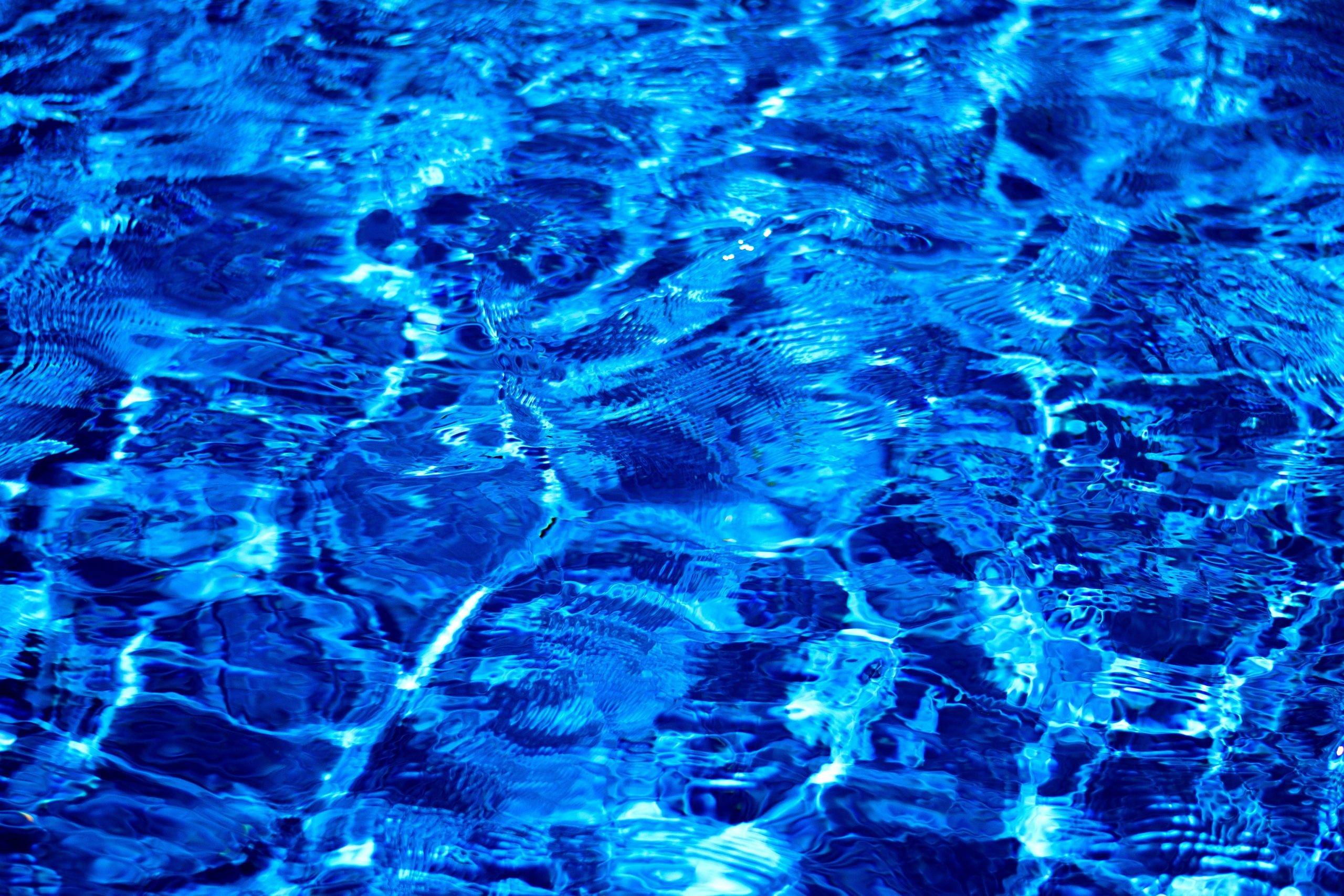
 I've been meaning to write up my 'pearls of wisdom re. DE filters' for a while, with some of our members already firing up their pools, I figured I better get it posted
I've been meaning to write up my 'pearls of wisdom re. DE filters' for a while, with some of our members already firing up their pools, I figured I better get it posted 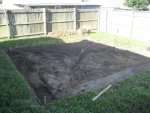
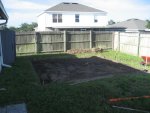
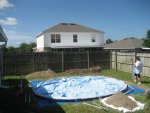
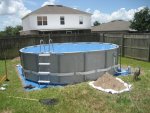

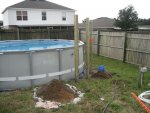
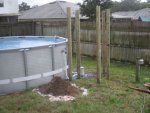
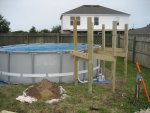
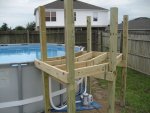
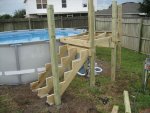
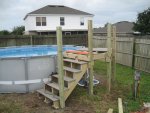
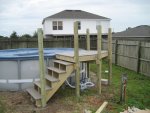
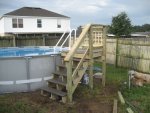
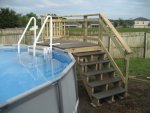
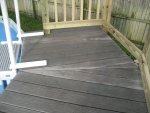
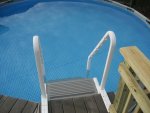
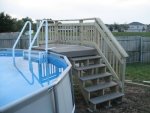
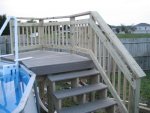
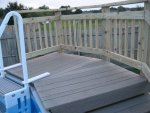
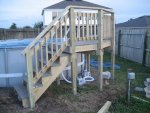
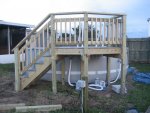



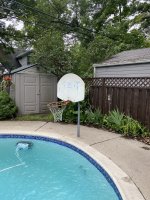
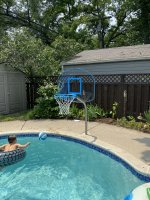



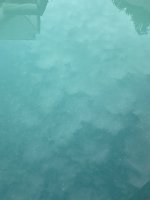
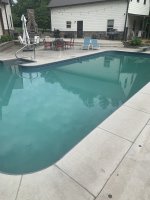




![IMG_6020[1].JPG](/data/attachments/261/261792-daf3bde812341ff9964d7b26472a1f03.jpg)

